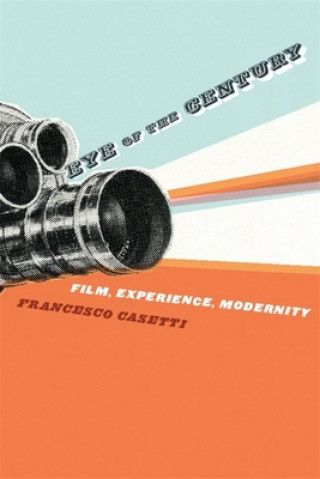
Code: 04558466
Eye of the Century
by Francesco Casetti
Is it true that film in the twentieth century experimented with vision more than any other art form? And what visions did it privilege? In this brilliant book, acclaimed film scholar Francesco Casetti situates the cinematic experi ... more
- Language:
 English
English - Binding: Hardback
- Number of pages: 288
Publisher: Columbia University Press, 2008
- More about this

136.81 €

Low in stock at our supplier
Shipping in 13 - 16 days
Potřebujete více kusů?Máte-li zájem o více kusů, prověřte, prosím, nejprve dostupnost titulu na naši zákaznické podpoře.
Add to wishlist
You might also like
-
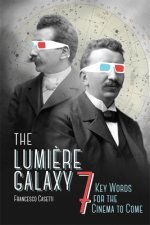
Lumiere Galaxy
42.67 € -

Infusion!
31.87 € -4 % -
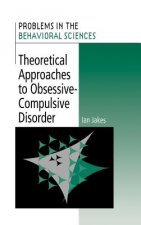
Theoretical Approaches to Obsessive-Compulsive Disorder
146.29 € -

Pediatric Musculoskeletal MR Imaging, An Issue of Radiologic Clinics of North America
90.49 € -

Ein schön und Christlich Gesprech Zweyer Gottfürchtigen Jungfrauen vom Adel von der Krafft und wirdigkeit göttliches Wortes
29.65 € -5 % -
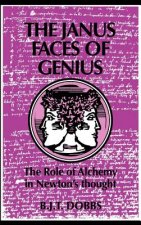
Janus Faces of Genius
144.17 € -
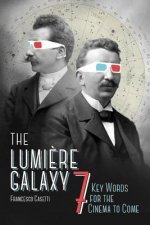
Lumiere Galaxy
116.32 € -4 %
Give this book as a present today
- Order book and choose Gift Order.
- We will send you book gift voucher at once. You can give it out to anyone.
- Book will be send to donee, nothing more to care about.
More about Eye of the Century
You get 343 loyalty points
 Book synopsis
Book synopsis
Is it true that film in the twentieth century experimented with vision more than any other art form? And what visions did it privilege? In this brilliant book, acclaimed film scholar Francesco Casetti situates the cinematic experience within discourses of twentieth-century modernity. He suggests that film defined a unique gaze, not only because it recorded many of the century's most important events, but also because it determined the manner in which they were received. Casetti begins by examining film's nature as a medium in an age obsessed with immediacy, nearness, and accessibility. He considers the myths and rituals cinema constructed on the screen and in the theater and how they provided new images and behaviors that responded to emerging concerns, ideas, and social orders. Film also succeeded in negotiating the different needs of modernity, comparing and uniting conflicting stimuli, providing answers in a world torn apart by conflict, and satisfying a desire for everydayness, as well as lightness, in people's lives. The ability to communicate, the power to inform, and the capacity to negotiate-these are the three factors that defined film's function and outlook and made the medium a relevant and vital art form of its time. So what kind of gaze did film create? Film cultivated a personal gaze, intimately tied to the emergence of point of view, but also able to restore the immediacy of the real; a complex gaze, in which reality and imagination were combined; a piercing gaze, achieved by machine, and yet deeply anthropomorphic; an excited gaze, rich in perceptive stimuli, but also attentive to the spectator's orientation; and an immersive gaze, which gave the impression of being inside the seen world while also maintaining a sense of distance. Each of these gazes combined two different qualities and balanced them. The result was an ever inventive synthesis that strived to bring about true compromises without ever sacrificing the complexity of contradiction. As Casetti demonstrates, film proposed a vision that, in making opposites permeable, modeled itself on an oxymoronic principle. In this sense, film is the key to reading and understanding the modern experience.
 Book details
Book details
Book category Books in English The arts Film, TV & radio Films, cinema
136.81 €
- Full title: Eye of the Century
- Subtitle: Film, Experience, Modernity
- Author: Francesco Casetti
- Language:
 English
English - Binding: Hardback
- Number of pages: 288
- EAN: 9780231139946
- ISBN: 0231139942
- ID: 04558466
- Publisher: Columbia University Press
- Weight: 510 g
- Dimensions: 229 × 152 × 21 mm
- Date of publishing: 23. April 2008
Trending among others
-

Mean Girls: The Burn Book Hardcover Ruled Journal
15.53 € -22 % -
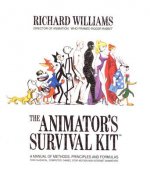
The Animator's Survival Kit
37.62 € -1 % -

Alien Next Door
11.59 € -35 % -
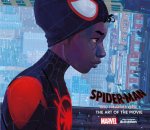
Spiderman Into the Spider-Verse
34.80 € -21 % -
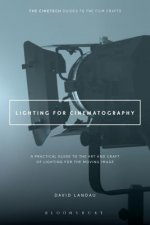
Lighting for Cinematography
32.38 € -14 % -
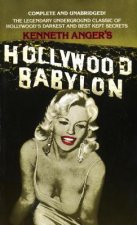
Hollywood Babylon
8.67 € -23 % -
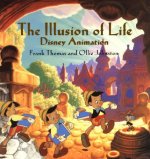
The Illusion of Life : Disney Animation
57.90 € -3 % -
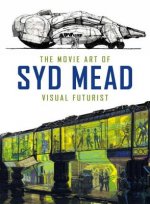
Movie Art of Syd Mead: Visual Futurist
38.13 € -14 % -

The Art of Princess Mononoke
31.17 € -12 % -

Donnie Darko Book
14.82 € -26 % -

Art of How to Train Your Dragon 2
34.90 € -18 % -
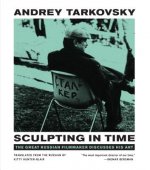
Sculpting in Time
37.73 € -10 % -
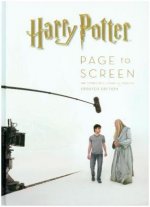
Harry Potter: Page to Screen: Updated Edition
70.52 € -15 % -
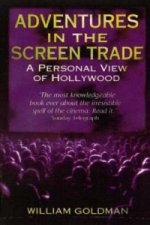
Adventures In The Screen Trade
13.31 € -28 % -

Crystal Lake Memories
40.05 € -18 % -
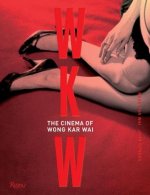
WKW: The Cinema of Wong Kar Wai
71.53 € -15 % -

Lights, Camera, Magic! - The Making of Fantastic Beasts: The Crimes of Grindelwald
18.25 € -15 % -
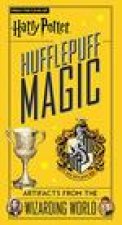
Harry Potter: Hufflepuff Magic - Artifacts from the Wizarding World
21.99 € -22 % -

Wong Kar-Wai
33.69 € -17 % -
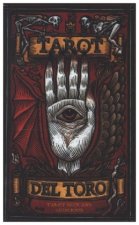
Tarot del Toro
23.20 € -28 % -

Alien Covenant: David's Drawings
42.06 € -16 % -

Jonesy
11.69 € -18 % -

Alien: The Blueprints
29.65 € -22 % -

Alien
35.10 € -28 % -

Art and Making of Alien: Covenant
34.30 € -18 % -

Horror Cinema
20.47 € -20 % -

Animator's Survival Kit
40.15 € -28 % -

The Celestine Prophecy
11.39 € -20 % -

Advanced Techniques for the Modern Drummer - Jim Chapin
20.88 € -19 % -
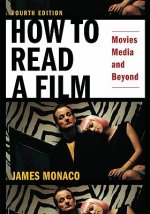
How to Read a Film
38.73 € -
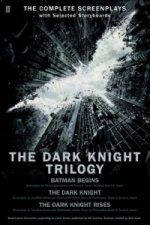
Dark Knight Trilogy
20.37 € -27 % -

Alien: The Archive - The Ultimate Guide to the Classic Movies
38.13 € -22 % -
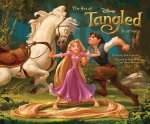
The Art of Tangled
28.75 € -24 % -
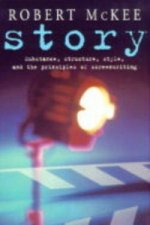
Story
30.26 € -13 % -
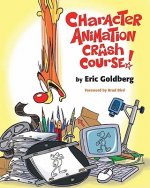
Character Animation Crash Course!
36.82 € -

Fantastic Mr. Fox
27.64 € -22 % -

Harry Potter: A Pop-Up Guide to Diagon Alley and Beyon
65.07 € -13 % -

Black Holes: The Reith Lectures
8.57 € -27 % -
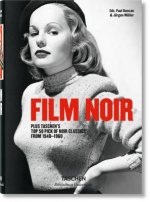
Film Noir
20.98 € -18 % -
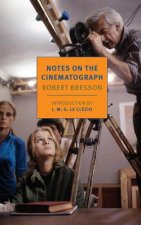
Notes On The Cinematograph
11.90 € -30 % -

Lynch on Lynch
17.65 € -16 % -
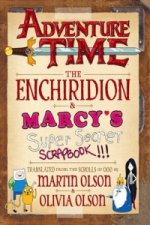
Adventure Time - The Enchiridion & Marcy's Super Secret Scrapbook
22.99 € -18 % -

Forefathers' Eve
30.46 € -18 % -

Movie Quiz Book
21.48 € -
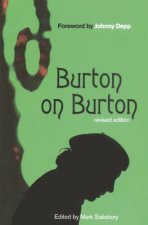
Burton on Burton
17.44 € -27 % -

Back to the Future Revised and Expanded Edition
38.33 € -19 % -

Teenage Slasher Movie Book, 2nd Revised and Expanded Edition
19.26 € -28 % -

The Art and Soul of Dune
49.33 € -21 % -

Star Trek: Light-Up Starship Enterprise
11.59 € -15 %
Collection points Bratislava a 2642 dalších
Copyright ©2008-24 najlacnejsie-knihy.sk All rights reservedPrivacyCookies


 15549 collection points
15549 collection points Delivery 2.99 €
Delivery 2.99 € 02/210 210 99 (8-15.30h)
02/210 210 99 (8-15.30h)